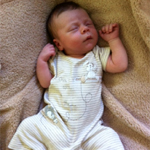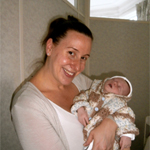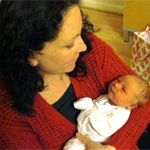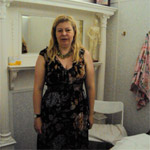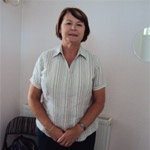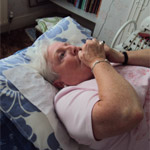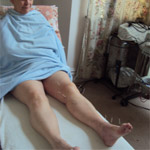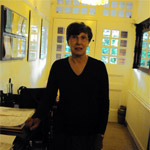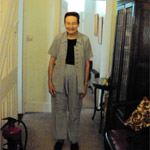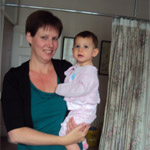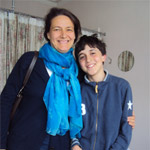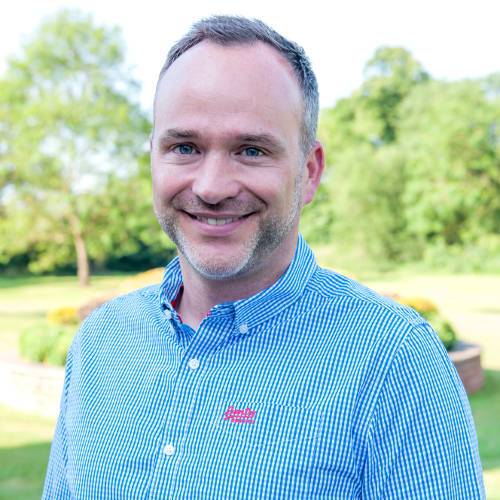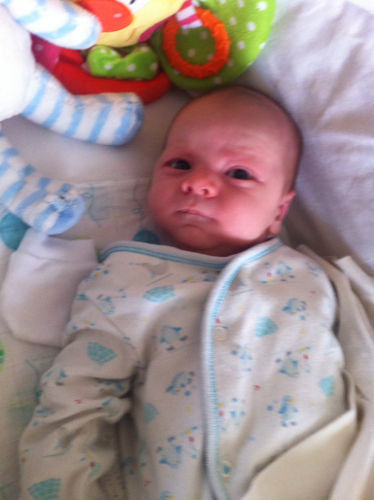Teenagers ‘kneed’ to look after their knees: here’s why
Do you have a sporty teen? Or perhaps you are one? You might think that knee pain only affects the older generation, but knee woes are actually one of the most common sporting injuries teenagers suffer from.
And there’s stats to back this up. According to the latest facts*, knee pain affects as many as 1 in 3 teenagers and young adults at some time or other.
But why is this? As Osteopath Denise Callaghan puts it: “Knee pain is commonly caused by overuse.”
Our knees are the largest and strongest joins in our bodies. They take our full weight and are made up of the lower end of the femur, the upper end of the tibia and the patella. The ends of the bones where they touch are covered with a smooth slippery substance – known as articular cartilage.
Denise adds: “This protects the bones as you bend and straighten your knee. But with kids still growing, sometimes there is an imbalance. They also overuse their knees by playing sports.”
In Denise’s 20-year-experience in the field, there are two types of knee conditions that seem to be the most common in adolescents. These are Chondromalacia Patellae and Osgood-Schlatters.
What is Chondromalacia Patellae?
Chondromalacia Patellae – often known as runner’s knee – is a condition where the cartilage on the undersurface of the kneecap deteriorates and softens.
Usually, if you are suffering from Chondromalacia Patella you will have pain in the knee region. This may feel worse when going up and down the stairs. You may also feel:
- Sensations of grinding
- Knee cracking when bending or extending your knee
- Perhaps some fluid swelling of the knee joint
What is Osgood-Schlatters and what causes it?
Osgood-Schlatters disease is a condition that causes pain and swelling below the knee joint, where the patellar tendon attaches to the top of the shinbone.
It is caused by irritation of the bone growth plate. While a child is still growing, these areas of growth are made of cartilage instead of bone. The cartilage is never as strong as the bone. Therefore high levels of stress can cause the growth plate to begin to hurt and swell.
How to get rid of them?
Usually, both Osgood-Schlatter disease and Chondromalacia Patellae will go away with time and rest.
“But it can be hard for teens to rest and/or stop playing sports,” Denise says. “Which is why I use acupuncture to help rid knee pain.”
How acupuncture can help?
Acupuncture is a branch of traditional Chinese medicine that dates back thousands of years. It works by stimulating the nervous system and causing the release of neurochemical messenger molecules. The resulting biochemical changes influence the body’s haemostatic state. It reduces sensitivity to pain and helps to promote relaxation.
There’s been much research done about the benefits acupuncture can bring. Including this more recent study** that confirms acupuncture to be a great way to treat pain with ‘very little risk for the patient’.
Using Acupuncture to help with knee pain
Denise has recently used acupuncture to help a 16-year-old boy with his knee pain.
Denise said: “This 16-year-old patient had been suffering from knee pain for a year. He had tried various things, but came to me when nothing else would work. I used Acupuncture because it produces endorphins that have an anti-inflammatory effect by causing the brain to calm down the pain centres and speed up healing. It also gets rid of toxins and inflammation.”
To further stimulate the needles and amplify the effects of the treatment, electrodes were attached to the needles.
Electroacupuncture is where a small electric current is passed between pairs of acupuncture needles. According to some acupuncturists, this practice augments the use of regular acupuncture and can restore health and well-being and is particularly good for treating pain.
The results
The good news is that after just a few weeks of treatment the patient is already seeing some improvement.
Denise added: “The client is back to participating in sport, albeit on a reduced basis but more so than he’s been able to for a while. And, with a few more treatments, a bit of patience and a commitment to some strengthening exercises I’m confident that he’ll be back to full strength soon.”
Are you suffering from knee pain? Don’t hesitate to get in touch. Book in for a treatment with Denise today.
* https://kidshealth.org/en/teens/repetitive-stress-sports.html



